CESNI meeting on 23 March 2017
04/04/2017
 Strasbourg, 4 April 2017 – The European Committee for drawing up Standards in the field of Inland Navigation (CESNI) met in Strasbourg on Thursday, 23 March 2017. The meeting, chaired by Mr Max Nilles, representing the Grand Duchy of Luxembourg, was attended by twelve member States plus representatives of the European Commission and the Commission for the Moselle, as well as representatives of the organisations approved by the CESNI.
Strasbourg, 4 April 2017 – The European Committee for drawing up Standards in the field of Inland Navigation (CESNI) met in Strasbourg on Thursday, 23 March 2017. The meeting, chaired by Mr Max Nilles, representing the Grand Duchy of Luxembourg, was attended by twelve member States plus representatives of the European Commission and the Commission for the Moselle, as well as representatives of the organisations approved by the CESNI.
Participation of third parties: recognition of the status of observer State and confirmation of interest on the part of the approved organisations
The CESNI adopted Internal Regulations on the status of observer States, in response to requests from third-party States wishing to take part in the work of the Committee and its working groups. The experience and expertise of these third-party observer States, as those of the partner international organisations, represent a valuable addition to the Committee’s work and will constitute an effective means of gaining acceptance for standards for inland navigation in Europe. This new measure is further evidence of the Committee’s desire to include all the parties involved in standards in the field of inland navigation, which has already been shown by its close association with a dozen approved non-governmental organisations.
Draft ES-TRIN 2017 standard
The CESNI also finalised the draft ES-TRIN 2017 standard with a view to its adoption at the Committee’s next meeting, scheduled for July 2017. The draft, prepared by the Working Group on technical requirements (CESNI/PT), incorporates a number of amendments to the ES‑TRIN 2015 standard, mainly in the following areas:
– elevating wheelhouses,
– updating of the references to various EN/ISO standards and to the International Code for the Application of Fire Test Procedures (FTP code),
– emission of gaseous and particulate pollutants from internal combustion engines (adaptation of the ES-TRIN to the European Union’s NRMM regulation),
– electrical equipment and installations (Chapter 10),
– fire-fighting systems using water as the extinguishing agent,
– manufacturer’s plate for cranes, protection devices, certificates on board,
– traditional craft (Chapter 24),
– updating of the provisions on navigation and information equipment,
– adaptations of certain transitional provisions, and
– numerous editorial improvements in the various language versions.
The CESNI also finalised a draft Inland AIS test standard in response to the need for a harmonised definition of the test requirements for Inland AIS devices for the purpose of application of the ES-TRIN. This draft will also be submitted for adoption at the Committee’s meeting in July 2017.
The experts in the CESNI/PT Working Group have worked diligently to submit technical requirements accompanying the modernisation of the fleet, tailored to the needs of technological and ecological developments.
Standards for professional qualifications
The CESNI also looked at the progress made on standards for professional qualifications. Working groups of experts from the member States and the approved organisations are concentrating on three packages of standards in particular:
- standards on competencies: the dedicated temporary working group has submitted a first draft on these;
- a standard for medical fitness: a temporary working group has submitted a proposal on this also;
- the standard defining the technical requirements applicable to the simulators used for examination purposes: preparatory work began at the end of 2016 and continued with a first meeting of an ad hoc group of experts in January 2017.
The Internet site at www.cesni.eu is operational
The CESNI has its own Internet site. With a view to transparency and widespread awareness of the CESNI’s standards, details of the meetings of the CESNI and of its working groups in addition to the standards adopted are posted on-line here.

